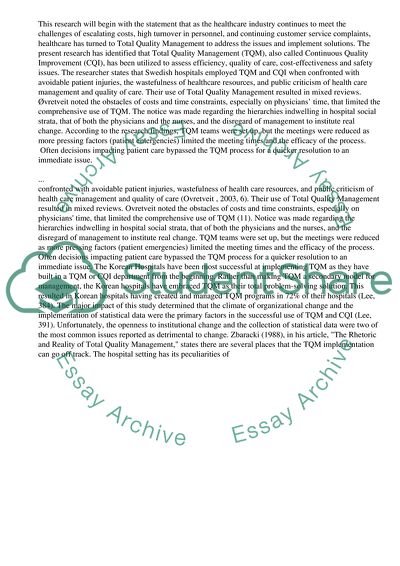Cite this document
(“The effectiveness of Total Quality Management and Continuous Quality Research Paper”, n.d.)
Retrieved from https://studentshare.org/business/1426042-problems-in-total-quality-within-the-workplace
Retrieved from https://studentshare.org/business/1426042-problems-in-total-quality-within-the-workplace
(The Effectiveness of Total Quality Management and Continuous Quality Research Paper)
https://studentshare.org/business/1426042-problems-in-total-quality-within-the-workplace.
https://studentshare.org/business/1426042-problems-in-total-quality-within-the-workplace.
“The Effectiveness of Total Quality Management and Continuous Quality Research Paper”, n.d. https://studentshare.org/business/1426042-problems-in-total-quality-within-the-workplace.


